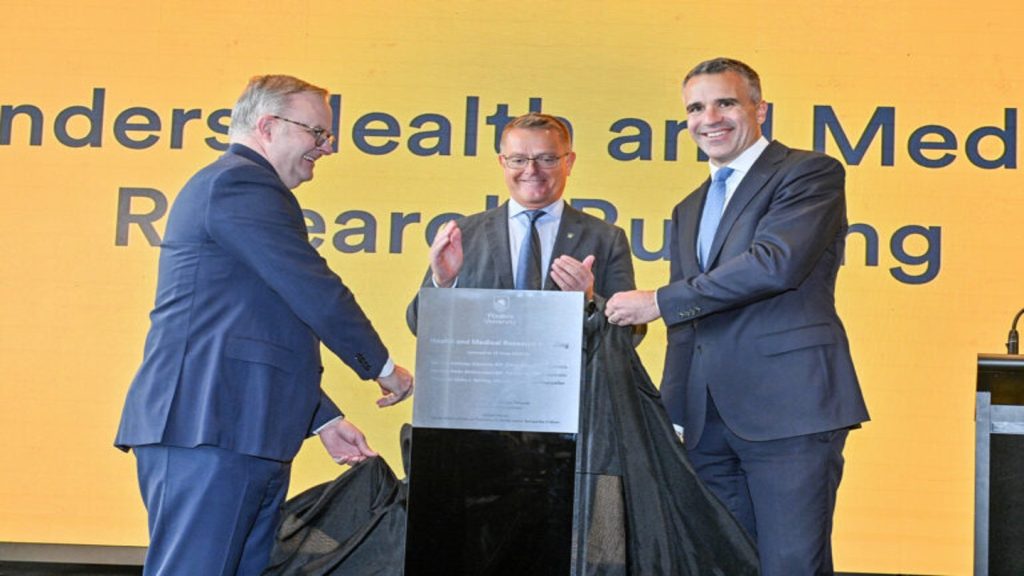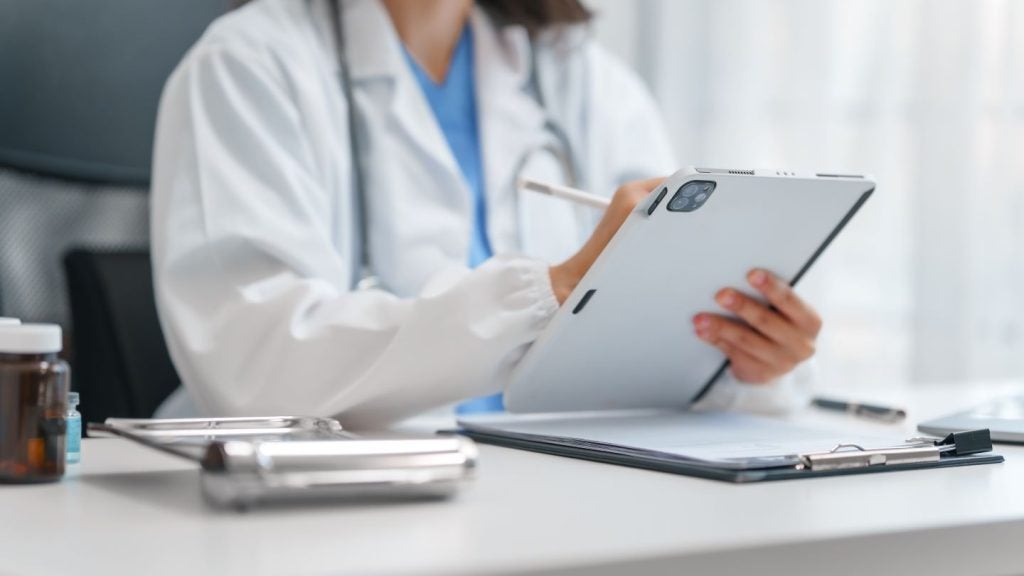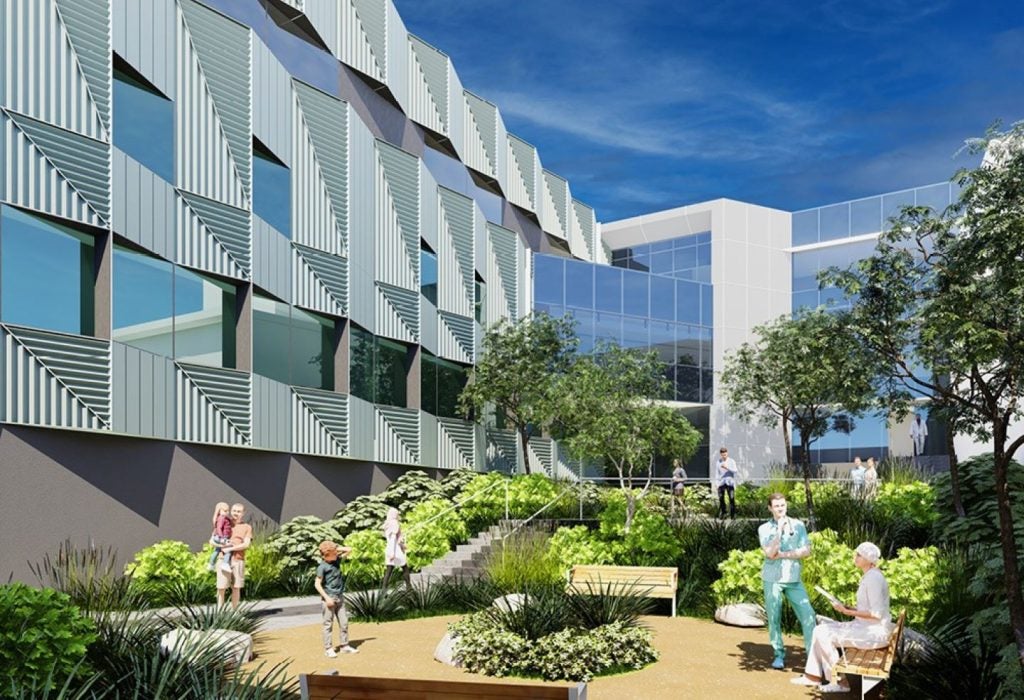Flinders University in Adelaide, South Australia, has opened the new A$280m ($185m) 'Health and Medical Research Building' (HMRB).
The ten-storey facility, which houses more than 600 medical researchers, clinicians, and support staff, is set to address a range of critical health challenges, such as indigenous health disparities and chronic diseases.
It will also support the development of treatments for diabetes, cancers, and infections.
The grand opening of HMRB took place on 13 June, with attendees including Australian Prime Minister Anthony Albanese, South Australian Premier Peter Malinauskas, and Flinders University vice-chancellor Professor Colin Stirling.
Designed to promote interdisciplinary collaboration, the building is strategically positioned next to Flinders Medical Centre and Flinders Private Hospital.
HRMB forms the cornerstone of the Flinders Village, a biomedical research precinct in southern Adelaide that supports education, research, and accommodation, serving as an economic catalyst by contributing to A$1.5bn in economic activity and supporting over 20,000 direct and indirect jobs.
The building features advanced facilities, such as cell imaging equipment and extensive PC2-rated physical containment laboratories spanning five floors of the building, as well as BC2 zones for biosecurity containment.
In addition to its research capabilities, the building is recognised for its sustainability and claimed to be the first medical research facility globally to receive a platinum rating for digital connectivity.
Malinauskas added: “This is the key to unlocking a better standard of living for all South Australians. To this end, Flinders University is a leader. It has posted the strongest growth rate in research income of any university in the country across the past five years.
“But more than that, the research undertaken at this incredible new facility will help save lives. The proximity of this new building alongside the Flinders Medical Centre will provide opportunities for researchers to work alongside our clinicians and their patients to tailor safe and effective treatments and get them into use.”














